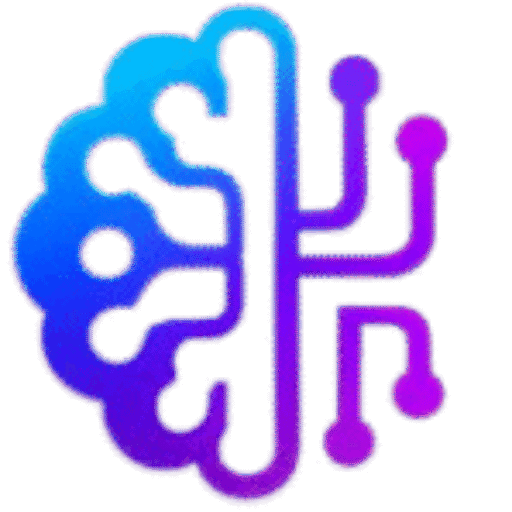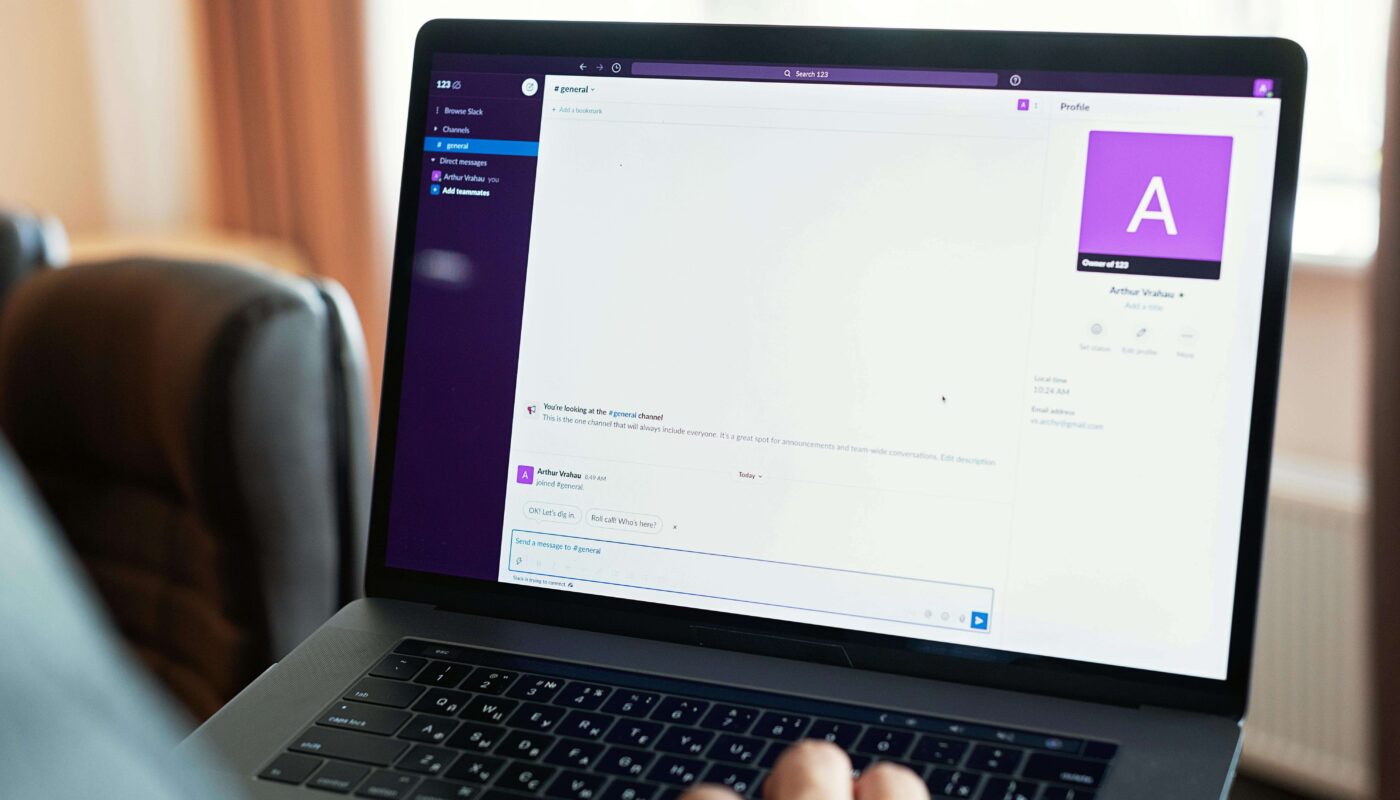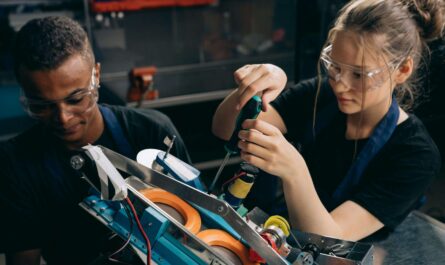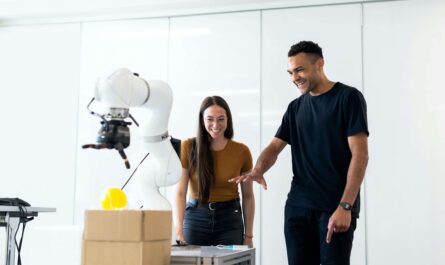How to Use AI to Optimize Conversion-Focused Designs
Design is no longer just about beauty—it’s about driving results. In today’s digital-first world, every website, landing page, and mobile app must be created with one goal: conversions. Whether it’s making a sale, capturing leads, or boosting engagement, conversion-focused design ensures that every element nudges the user toward taking action.
But here’s the game-changer: Artificial Intelligence (AI) is revolutionizing how we optimize these designs. AI helps predict user behavior, automate design adjustments, run smarter A/B tests, and deliver hyper-personalized experiences that turn casual visitors into loyal customers.
In this blog, we’ll break down step-by-step how to use AI to optimize your conversion-focused designs in 2025.
Table of Contents
- What Is Conversion-Focused Design?
- Why AI Matters in Conversion Optimization
- Key AI Techniques for Conversion-Focused Design
- Predictive Analytics
- AI-Powered Heatmaps
- Automated A/B Testing
- Smart Personalization
- Conversational AI
- Microinteractions with AI
- Step-by-Step Guide: How to Use AI for Conversion Optimization
- Case Studies & Real-Life Examples
- Best AI Tools for Conversion-Focused Designers
- Common Mistakes to Avoid
- Future of AI in Conversion-Focused Design
- Final Thoughts
1. What Is Conversion-Focused Design?
Conversion-focused design means designing digital experiences with the end goal of persuading users to take action. Unlike traditional design, which focuses mostly on visuals, conversion design is rooted in psychology, usability, and performance tracking.
Examples of conversion-focused goals include:
- Purchasing a product
- Subscribing to a newsletter
- Signing up for a free trial
- Booking a call/demo
2. Why AI Matters in Conversion Optimization
AI adds a layer of intelligence that traditional design methods cannot achieve. Instead of guessing what works, AI uses data-driven insights to:
- Predict which design elements will perform better
- Automate repetitive testing
- Personalize content for each user
- Improve UX with real-time feedback
In other words, AI makes conversion optimization smarter, faster, and scalable.
3. Key AI Techniques for Conversion-Focused Design
Predictive Analytics
AI algorithms can forecast how users will behave on your website or app. By analyzing patterns, designers can adjust CTAs, page layouts, and colors to maximize conversions.
Example: Predicting which CTA button style generates the highest clicks before even launching.
AI-Powered Heatmaps
Heatmaps show where users click, scroll, and hover. AI enhances this by automatically generating predictive heatmaps, even before a page is live.
Automated A/B Testing
Traditional A/B testing takes weeks. AI-powered A/B testing tools run multi-variable tests simultaneously, rapidly identifying winning designs.
Example Tool: Google Optimize with AI-based personalization.
Smart Personalization
Personalized experiences = higher conversions. AI tailors landing pages, emails, and product recommendations based on each user’s behavior.
Example: Netflix’s personalized thumbnails increase user engagement.
Conversational AI (Chatbots & Voice Assistants)
AI chatbots guide users toward conversion by answering queries instantly and reducing drop-offs.
Example: An e-commerce chatbot that recommends products based on browsing history.
Microinteractions with AI
AI enables real-time, dynamic microinteractions (tiny animations, progress indicators, and hover effects) that make user journeys smoother and more engaging.
4. Step-by-Step Guide: How to Use AI for Conversion Optimization
- Define Clear Conversion Goals
- Example: Increase newsletter sign-ups by 30% in 3 months.
- Choose the Right AI Tools
- Use predictive analytics for forecasting.
- Use heatmaps to see interaction.
- Use AI-driven A/B testing.
- Run AI-Enhanced A/B Tests
- Test different landing pages, CTAs, and pricing models.
- Apply Smart Personalization
- Show product recommendations.
- Adjust homepage banners per user behavior.
- Leverage Conversational AI
- Integrate chatbots to guide users.
- Analyze & Refine Continuously
- AI provides real-time optimization loops.
5. Case Studies & Real-Life Examples
- Airbnb: Uses AI to personalize booking suggestions → higher conversions.
- Amazon: AI-driven product recommendations account for 35% of sales.
- Spotify: AI-powered playlists increase engagement → longer subscriptions.
6. Best AI Tools for Conversion-Focused Designers
- Crazy Egg (Heatmaps + A/B testing)
- Unbounce Smart Traffic (AI landing page optimization)
- Optimizely (AI-driven experimentation)
- Dynamic Yield (Personalization engine)
- ChatGPT integrations (Conversational AI)
7. Common Mistakes to Avoid
- Over-relying on AI without human creativity
- Running too many experiments at once
- Ignoring mobile-first optimization
- Using AI tools without proper analytics setup
8. Future of AI in Conversion-Focused Design
In the next 5 years, AI will move beyond recommendations and testing to autonomous design systems, where websites and apps will self-optimize in real time.
9. Final Thoughts
AI is no longer optional—it’s a necessity for designers who want to maximize conversions. By combining creativity with AI’s predictive power, you can build conversion-focused designs that deliver real results.
If you’re a product designer, now is the time to integrate AI-driven optimization into your workflow.
Interlinking Suggestions
- Link to:





